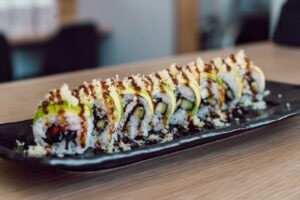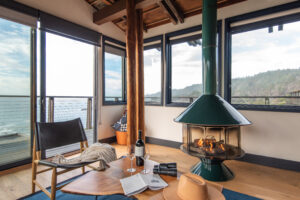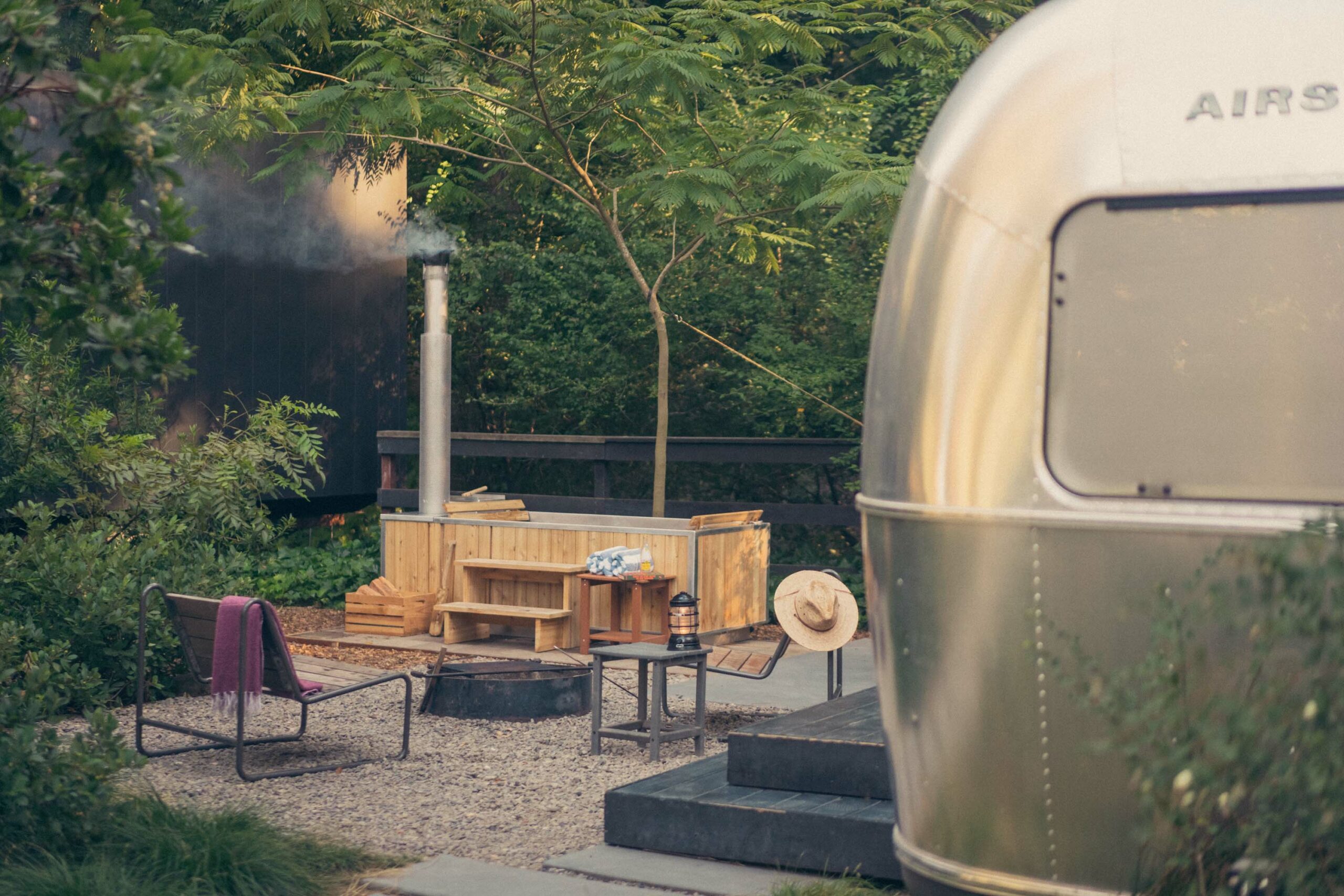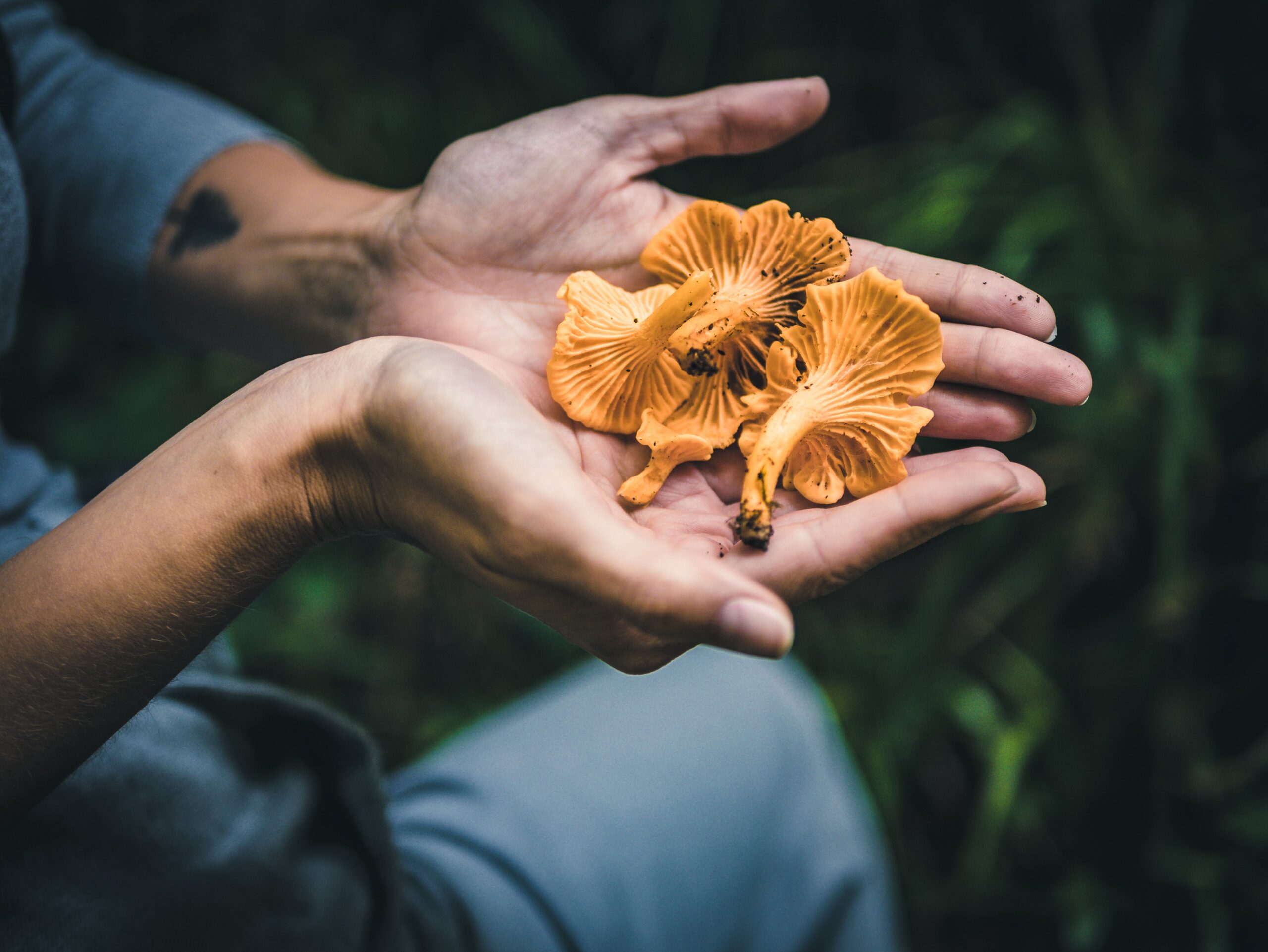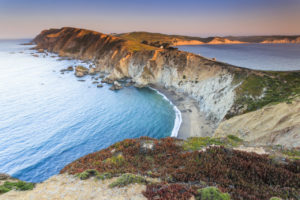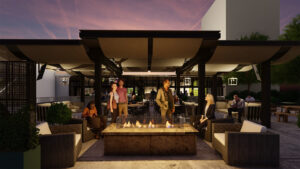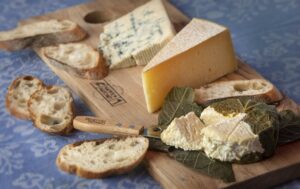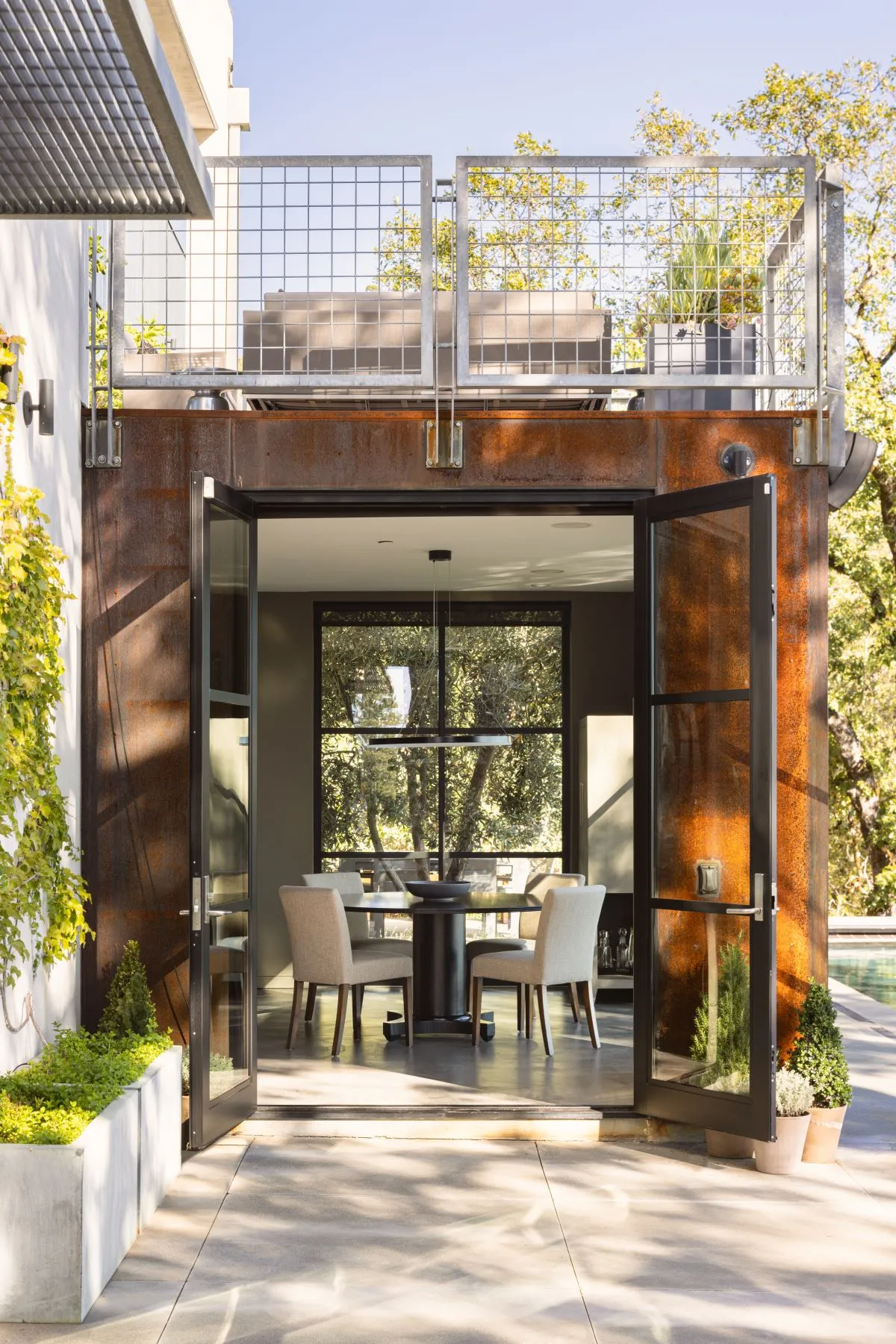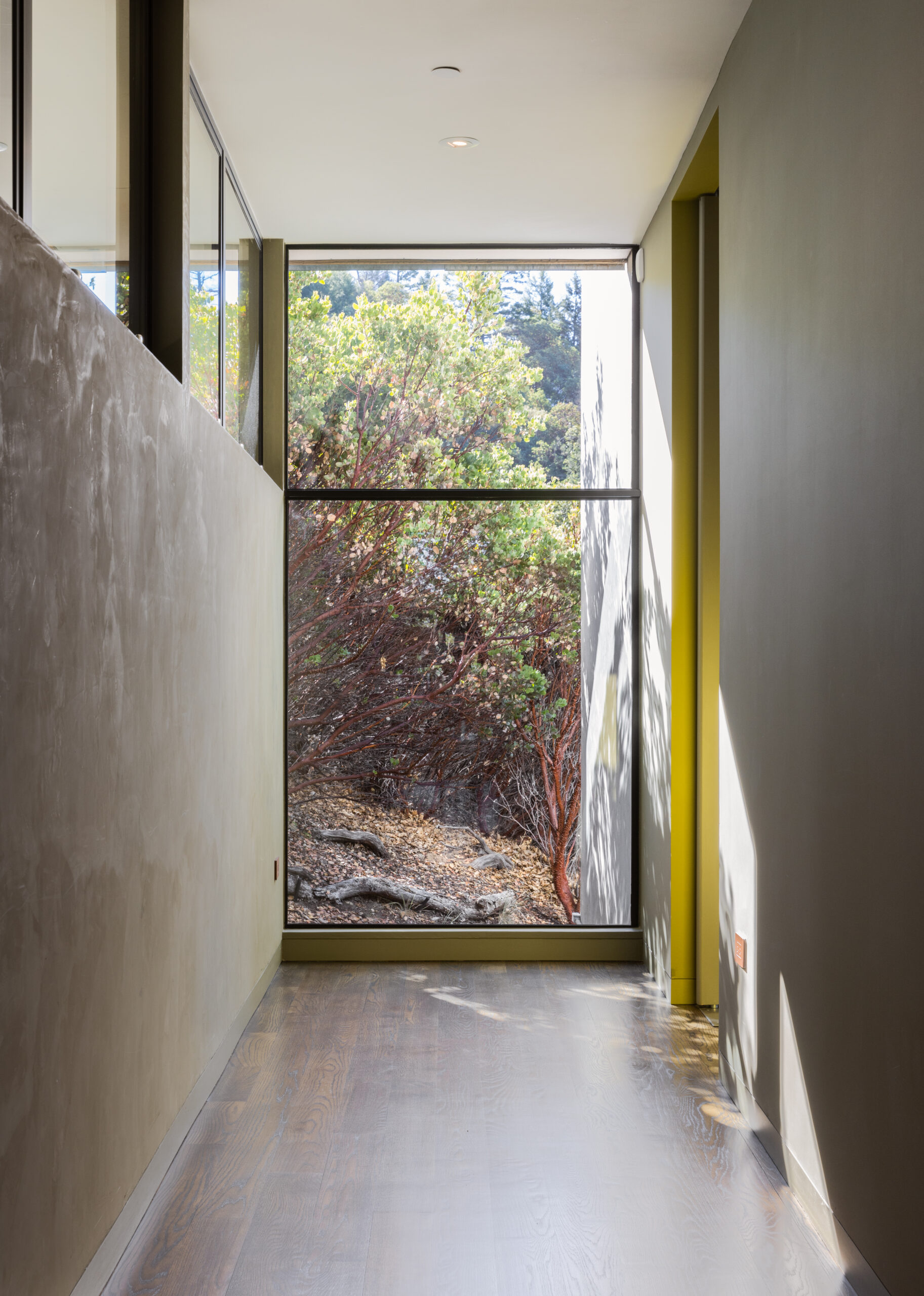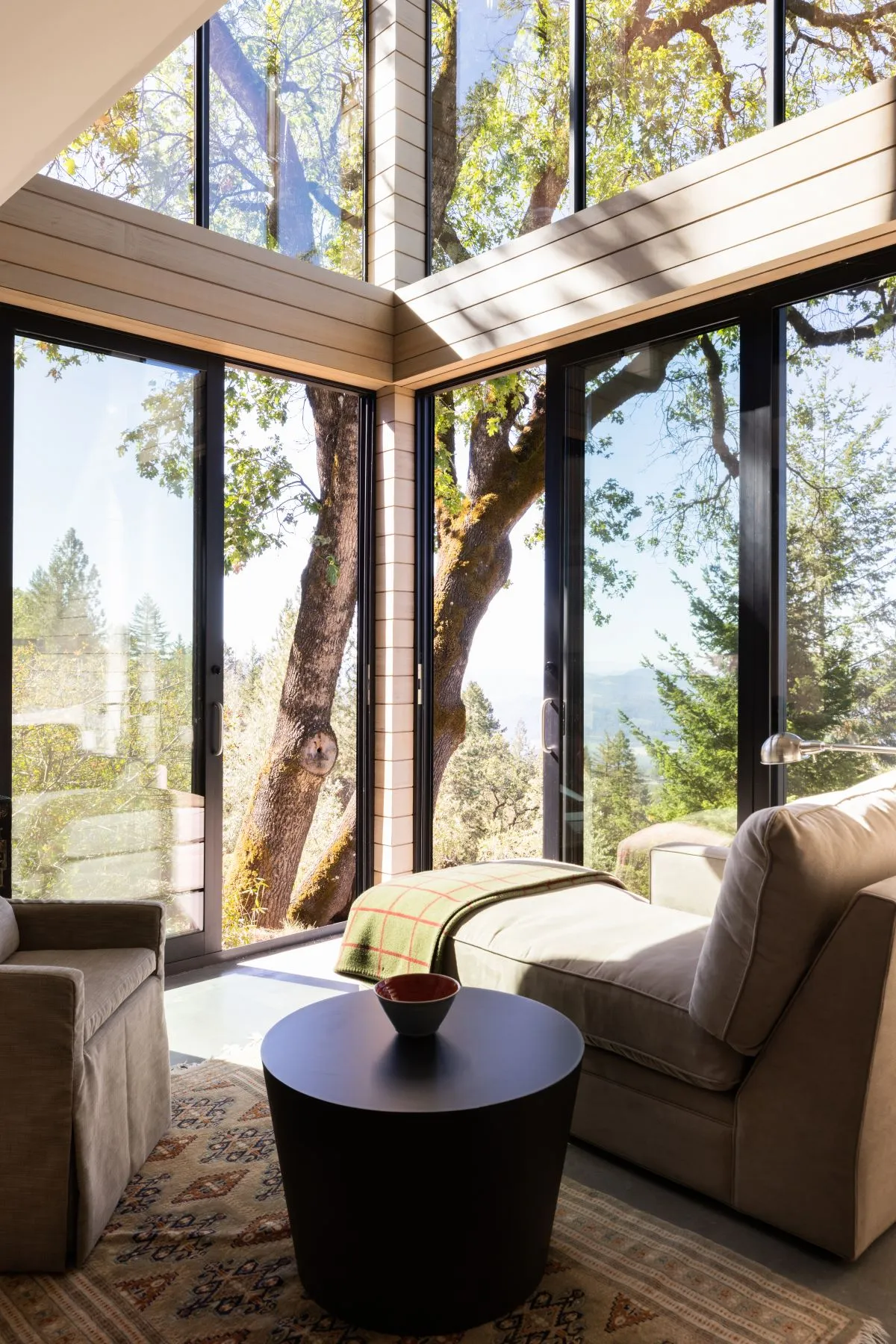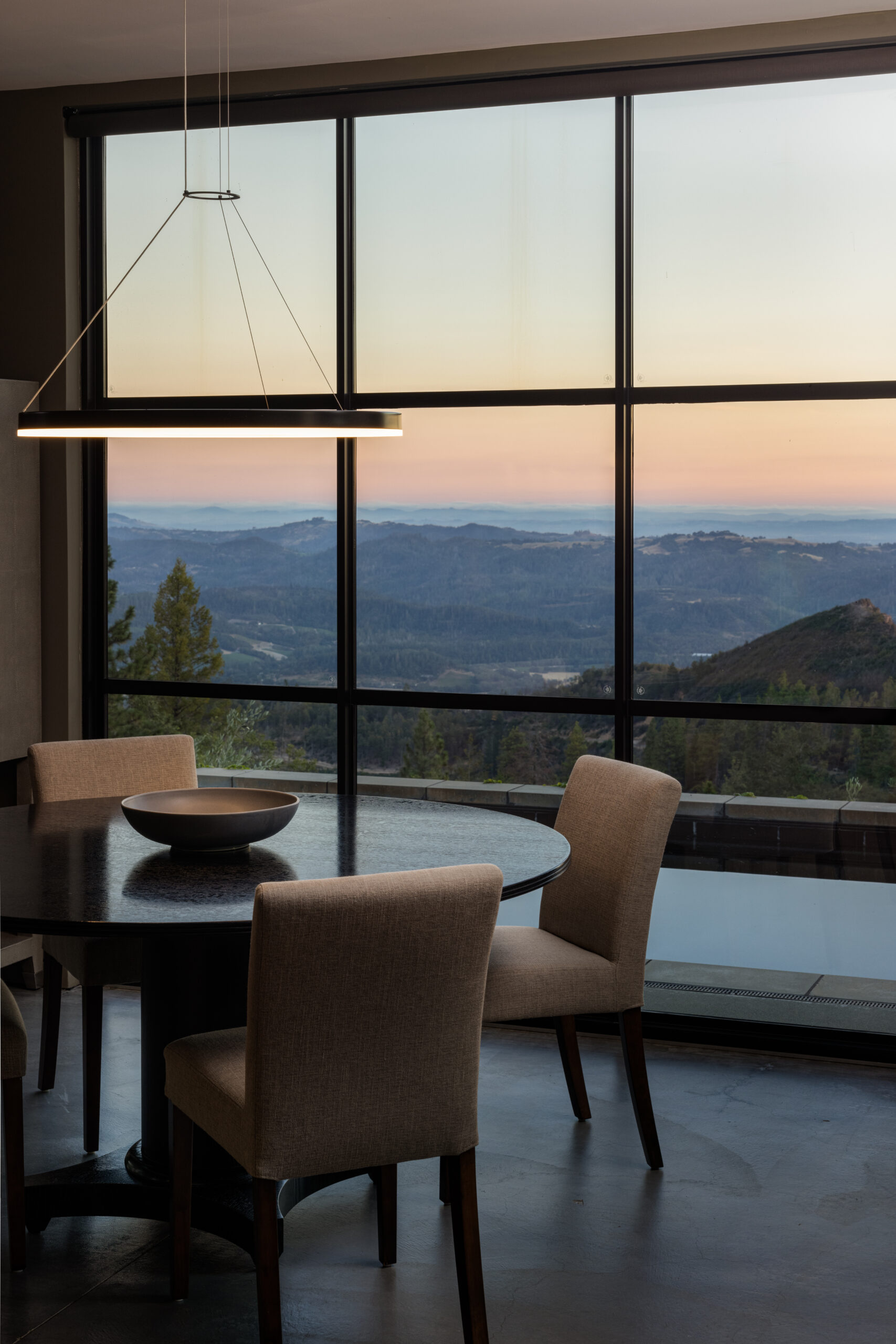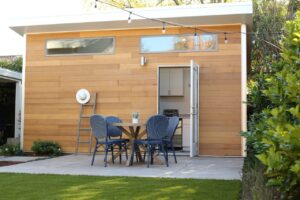Black History Month starts Wednesday and continues throughout February. Across Sonoma County, community organizations, public libraries, musicians, artists and others will host performances, discussions, celebrations and more to highlight Black history and culture, including the impact of Martin Luther King Jr., whose birthday was celebrated Jan. 15.
From jazz and drumming performances to a discussion with Black artists at the Museum of Sonoma County, there are many ways to get involved and celebrate Black History Month.
Feb. 2 and Feb. 10
Sonoma County Library will host an enrichment program, “Hip Hop for Change: Theory of Hip Hop Evolution, Music and Culture.” The program is geared to teens (grades 7 to 12) and includes live and interactive presentations around both historic and modern examples of hip-hop’s principles. Learn about the connection between peace, love, unity and hip-hop. More information at bit.ly/3Y13Nyv.
The premiere of this event will take place from 4 to 5 p.m. Thursday, Feb. 2, at the Rincon Valley Regional Library, 6959 Montecito Blvd., Santa Rosa, 707-537-0162.
An additional presentation will take place from 4 to 5 p.m. Feb. 10 at the Sebastopol Regional Library, 7140 Bodega Ave., Sebastopol, 707-823-7691.
Feb. 3
As part of its Black History Month celebration, the Petaluma Historical Library and Museum will host a concert by local vintage jazz and blues group The doRiaN Mode. Bob Johns plays piano/trumpet, with David Scott on saxophone and flute, Tony Blake on drums and Dorian Bartley on bass and vocals.
According to the museum’s website, Bartley formed the group in 2013 to explore the roots of jazz. Born in Detroit to an African American father and white mother, she “grew up in a family that valued music as an expression of art, identity and politics. She loves jazz and its balance between creative freedom and structure, the fun of swing and phrasing.”
7 to 9 p.m. Doors open at 6:30 p.m. Tickets $35 for downstairs and $40 for balcony seating. 20 Fourth St., Petaluma. More information and tickets at bit.ly/3Gy7uEU.
Feb. 4, 11 and 18
Sonoma County Library will celebrate Black History Month at a handful of libraries with an African Music and Arts Village. This event is family-friendly and interactive and will highlight the cultural traditions of South Africa. Baba Shibambo will share indigenous music and generational stories.
The premiere of this event will take place from 2 to 3 p.m. Feb. 4, Feb. 4, at the Rincon Valley Regional Library, 6959 Montecito Blvd., Santa Rosa, 707-537-0162. More information is at bit.ly/3Dhu3wr. Additional events are:
- 11 a.m. to noon Feb. 11 at the Healdsburg Regional Library, 139 Piper St., Healdsburg, 707-433-3772.
-
11 a.m. to noon Feb. 18 at the Northwest Santa Rosa Library, 150 Coddingtown Center, Santa Rosa, 707-546-2265.
-
2 to 3 p.m. Feb. 18 at the Sonoma Valley Regional Library, 755 W. Napa St., Sonoma, 707-996-5217.
Feb. 7
Join in memorializing King and his legacy with Sonoma State University’s HUB Cultural Center walk to the memorial at the SSU Lakes. The walk honors King’s commitment to nonviolent social justice and his work for legal equality for Black Americans. It is recommended to meet with the HUB staff outside of SSU’s Student Center at noon for the walk to the Lakes or meet at the Lakes shortly after. For more information, email austindi@sonoma.edu. 1801 E. Cotati Ave., Rohnert Park.
Feb. 12
From 2 to 3 p.m., join in a discussion and screening of the recording “How to Have Difficult Discussions About Race” at the Cloverdale Regional Library, 401 N. Cloverdale Blvd., 707-894-5271. This screening is suitable for ages 12 and up and is aimed at helping people gain confidence in discussing race while promoting equity and inclusion. More information at bit.ly/3JibU5L.
An additional screening of the recording will take place from 2 to 3 p.m. Feb. 25 at the Sonoma Valley Regional Library, 755 W. Napa St., Sonoma, 707-996-5217. More information at bit.ly/3XWfW84.
Feb. 18 and 25
Sonoma County Library is hosting Afro-Peruvian dance performances at several libraries throughout the month:
- 2 to 3 p.m. Feb. 18 at the Rohnert Park Cotati Regional Library, 6250 Lynne Conde Way, Rohnert Park, 707-584-9121. More information at bit.ly/3HEnJlA.
-
11 a.m. to noon Feb. 25 (with a focus on a drumming workshop) at the Northwest Santa Rosa Library, 150 Coddingtown Center, Santa Rosa. More information at 707-546-2265 and
bit.ly/3XJJ96i.
-
2 to 3 p.m. Feb. 25 (with a focus on a drumming workshop) at the Central Santa Rosa Library, 211 E. St., Santa Rosa. More information at 707-308-3020 and
bit.ly/3Hee2sy.
Feb. 18
“Black to the Future,” an event featuring musicians of color and community speakers on two stages, will take place from 5:30 to 11:40 p.m. at HopMonk in Sebastopol. A free outdoor show from 5:30 to 8 p.m. will feature artists Aduio Angel, Simone Mosely and Crumb Dread, followed by a ticketed show from 9 to 11:40 p.m. with artists Kayatta, Erica Amrbin and D. square. Proceeds will go toward the Black Student Union at the Santa Rosa Junior College. Purchase tickets for the second show at wl.seetickets.us/HopMonkSebastopol. 230 Petaluma Ave, Sebastopol, 707-829-7300.
Feb. 18
A community town hall at SSU, “Amplifying Black Voices in Sonoma County,” aims to create a welcoming space for discussion between Black students, staff and faculty, as well as Black community members in Sonoma County. The event at Stevenson Hall 1400 on SSU’s campus will provide room for listening, learning and sharing experiences. Following the event, attendees can enjoy refreshments and appetizers. For more information, email austindi@sonoma.edu. 1801 E. Cotati Ave., Rohnert Park.
Feb. 19
The Museum of Sonoma County and Petaluma Blacks for Community Development will host a discussion with contemporary Black artists about their work, especially the theme of resistance in their art. Sonoma County metal artist Denise Ward will moderate the talk with artists Unity Lewis, Michael Granville, TheArthur Wright and BAMR The Artist. Tickets: $10, or $5 for museum members. For more information, go to bit.ly/3kbT7P2.
Feb. 25
Healdsburg Jazz will celebrate Black History Month with a concert featuring Terrie Odabi’s Blues of Resistance at the Raven Theater, starting at 6:30 p.m. The event will entail a presentation led by Healdsburg Jazz’s Artistic Director Marcus Shelby, titled “Soul of the Movement: Meditations on Dr. Martin Luther King Jr.,” followed by a concert with vocalist Odabi accompanied by her band. General admission is $30 and student admission is $15. Purchase tickets at bit.ly/3DcDqh2. 115 N. St., Healdsburg, 707-433-6335.
Feb. 28
Sonoma County Library will host a virtual discussion with acclaimed author Sadeqa Johnson about her latest novel, “The House of Eve,” from 1 to 2 p.m. The coming-of-age story touches on themes of race, motherhood and sacrifice. To register for the online talk, visit libraryc.org/sonomalibrary/24211/register.
Feb. 28
The first Black Joy Fest at SSU aims to “promote unity on campus, celebrate the journey and progression of Black history, as well as engage in cross-cultural exchange.”
Visit the celebration from noon to 1:30 p.m. in the Seawolf Plaza on the SSU campus. For more information, email gomezs@sonoma.edu or go to bit.ly/3CCm6BV. 1801 E. Cotati Ave., Rohnert Park.
Throughout the month
At any time, explore literature by Black authors or literature centering around race and culture. The Sonoma County Library has curated a list of novels, audiobooks and more at sonomalibrary.org/blogs/news/black-history-month-2023.
